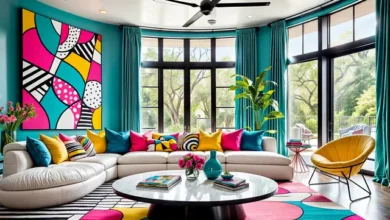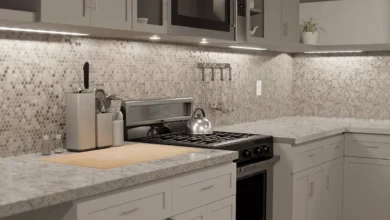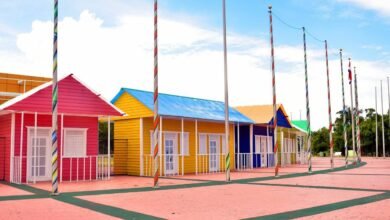What Kind of Light Is Best for Your Eyes?
One of the light bulbs in your house just went out, and you’re digging through drawers in the garage, looking for replacements. Unfortunately, there are none to be found.
You head over to your local home improvement store and find an entire aisle of bulbs in all different shapes and sizes. What are all these options?
In the past, your only option was the traditional incandescent bulb, but two new options have become increasingly popular: compact fluorescent bulbs (CFLs) and light-emitting diode bulbs (LEDs). LED bulbs are by far the most efficient option.
ZLED, NJ LED wholesalers, says, “Whether it is overall costs, electricity usage, or duration, LED’s are considered to be the most efficient lighting option currently on the market.” In this post, we will explain the benefits and disadvantages of each, focusing on how each bulb affects your eyes.
Which Light Bulb Should You Choose?
As we age, our vision gets worse. The main cause is, ironically, how we are able to see at all: light. Even natural light damages our eyes. That’s why you’re not supposed to look at the sun.
Don’t look directly into any light, especially the sun. That is the quickest way to ruin your eyesight. In fact, our computer, tablet, and smartphone screens are causing new eye problems because we stare directly into them so much.
Luckily, these screens do damage to our sleeping patterns rather than our corneas and pupils. The same can’t be said for most light bulbs available today. So, which bulb is best for your eyes?
Incandescent
Along with fluorescent tube lighting that you find in offices and schools, these bulbs will do the most damage to your eyes due to ultraviolet radiation. If you really want traditional bulbs, find incandescents with warm light.
They will do slightly less damage to your eyes. However, they still will go out just as often as cool incandescents and are just as energy inefficient. The following options are much more energy-efficient and last significantly longer.
Compact Fluorescent (CFL)
Compact fluorescent bulbs were the first energy-efficient bulbs to be produced for homes after the invention of the incandescent bulb. On top of being energy efficient, they create less ultraviolet light than incandescents.
They need to be disposed of properly because they contain mercury. This is the only downside when compared to incandescents, and the benefits outweigh this minor inconvenience.
According to Open 4 Energy, “Most CFL light bulbs are intended to last for up to 10,000 hours assuming ideal conditions – this means that the bulb comes on, has a chance to warm up, and then stays on for 3 hours.” At 10,000 hours, you won’t have to replace them very often. Incandescents only last about 1,000 hours.
Light-Emitting Diode (LED)
Ten thousand hours is still nothing compared to the up to 50,000 hours that an LED bulb can last.
If you hate changing light bulbs, these are the best option for you. They are also the most energy-efficient option and will save you considerably on your energy bills over time.
However, their price tags will be the biggest at the store. If you’re wondering why they’re so expensive, it’s because they last for years and save you money.
They do not contain mercury, but they do contain recyclable components. It’s best to recycle them properly instead of throwing them out so that the components can be used again.
Should You Choose Warm or Cool Light?
Like most things in life, the answer to this question requires nuance. Cool light is better in the morning when you’re trying to wake up and get ready for the day.
As the day goes on, your lighting should ideally become warmer over time. Before you go to bed, you should spend some time in dim, warm light so that you can fall asleep quickly.
If you don’t want to have to adjust your lights, it’s better to choose warm light. Just make sure you get cool, natural light from outside during the day.
All three bulb types have warm and cold options that can be dimmed. Some bulbs even allow you to adjust the temperature, depending on the time of day.
Maximize Efficiency with Smart Lighting
Smart lighting is becoming increasingly popular. It’s the best way to cut your energy costs and control your lighting throughout the day.
Everything can be put on a schedule; you don’t have to worry about a single light in your home. The work is done for you.
Many LED bulbs are made specifically to be used with smart lighting systems. They’re good for your wallet, the environment, and your eyes.
Did you know there was this much to learn about something as simple as a light bulb? Have you still been using the old incandescents, or have you made the switch to a more efficient bulb? Let us know in the comments below!
Jennifer Bell is a freelance writer, blogger, dog-enthusiast and avid beachgoer operating out of Southern New Jersey




